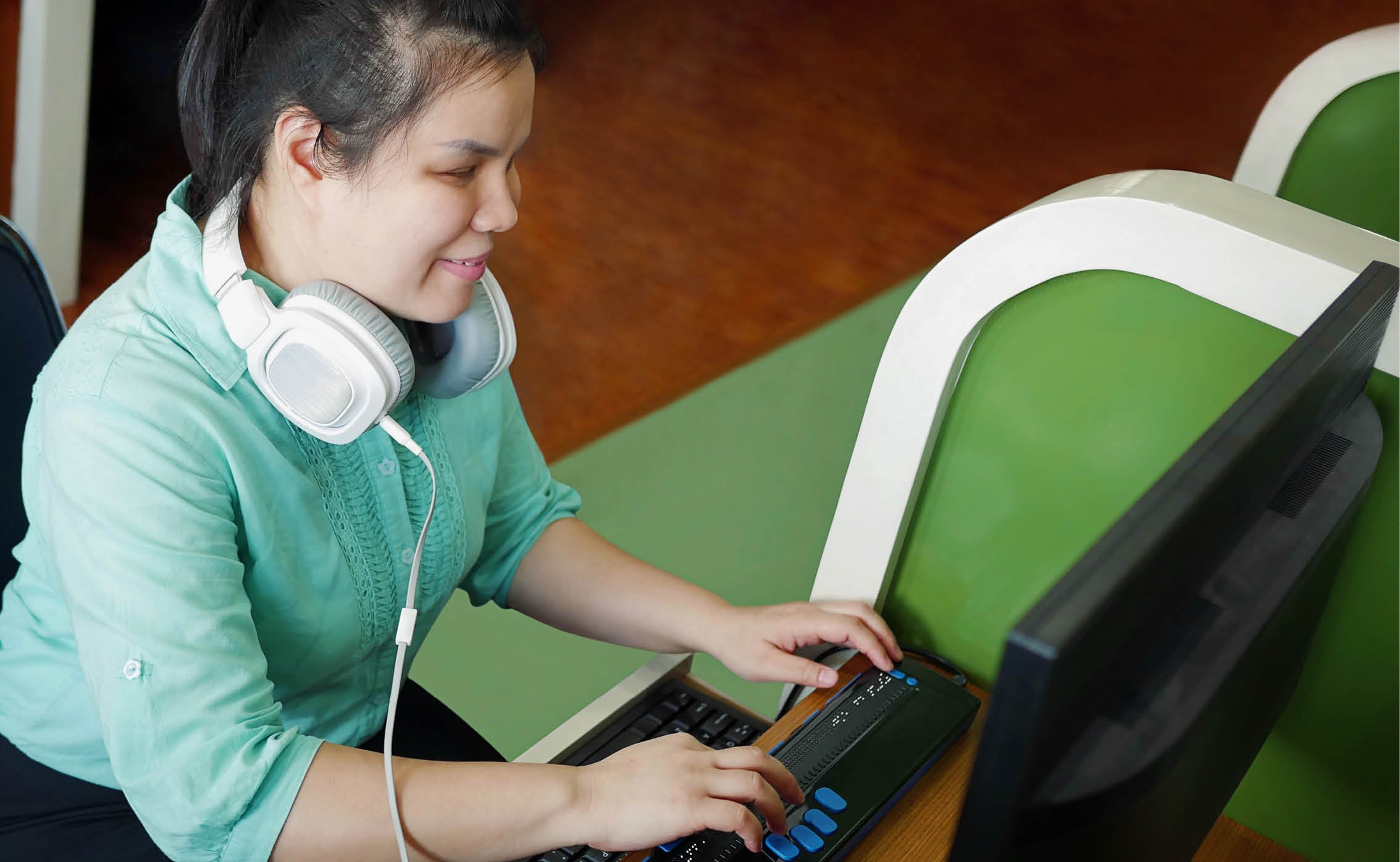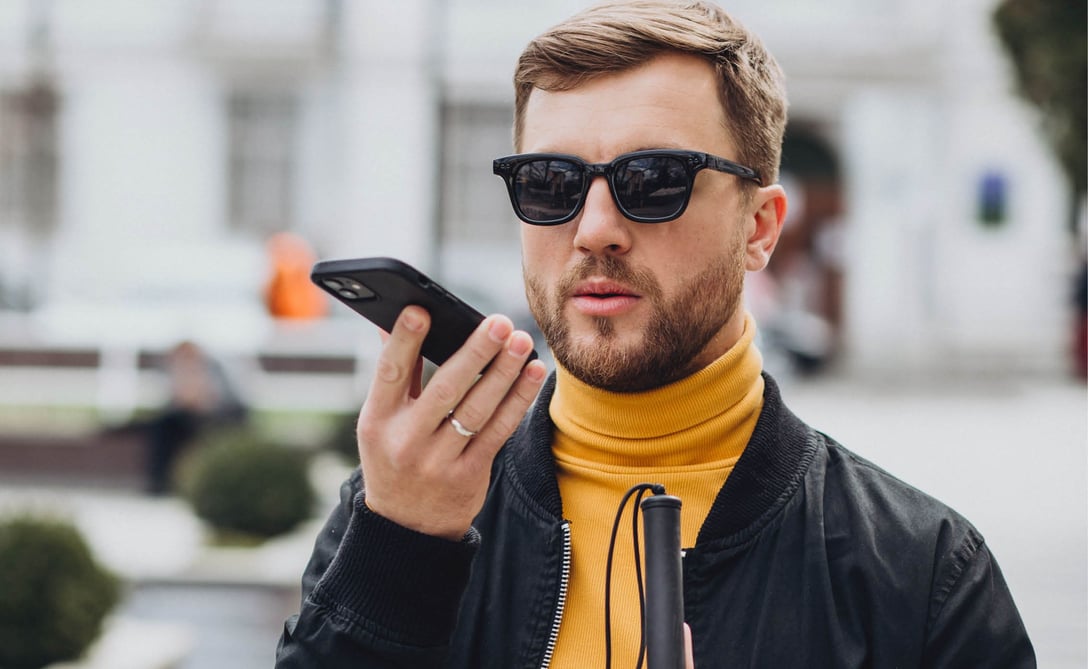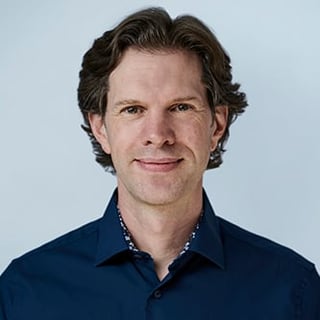«We must continually consider the oneness of humanity, remembering that we all want to be happy. And indeed, everyone has a right to a happy life. We may face problems, but we must not lose hope. We must keep up our determination without being impatient to achieve quick results.»
— Dalai Lama
There is almost nothing as multidimensional and diverse as humanity. Everybody has a different cultural upbringing, different beliefs, different dreams, and different talents. And people with disabilities are no different at all.
What is a disability?
The Convention on the Rights of Persons with Disabilities is an international human rights treaty of the United Nations. It defines persons with disabilities to
[1]«[...] include those who have long-term physical, mental, intellectual or sensory impairments which in interaction with various barriers may hinder their full and effective participation in society on an equal basis with others.»
From the emphasized words, it becomes clear that «disability» is not one thing but is widely faceted and occurs oftentimes in combinations and countless degrees of severity.
Not all disabilities are equally visible. A blind person or wheelchair-user is easily recognized. But the majority of disabilities are invisible. Deafness, low vision, or color blindness, as well as cognition, learning, psychological, or speech disabilities are some examples of disabilities which may not be recognized right away.
Another dimension to look at disability is its permanency. We differentiate between permanent, temporary (e.g. the inability to move an arm after an accident), and situational disabilities (e.g. the inability to read on a screen in bright sunlight).
Barriers
Despite the medical fact of a disability, the most disabling factor is society.
[2]«People are disabled by barriers in society, not by their impairment or difference. Barriers can be physical, like buildings not having accessible toilets. Or they can be caused by people's attitudes to difference, like assuming disabled people can't do certain things.»
When creating digital content, websites, and apps, the most disabling factor is believing that everyone can use a mouse, see an image, or hear what is spoken in a video – that «everyone is the same».

A glass half empty
Statistically, almost everyone becomes disabled at some point in life and age. Imagine if you suddenly need twice as long to get from A to B because you need to find ramps or wait for an elevator where you would have «simply» taken the stairs before. Imagine everybody on the train suddenly gets up and leaves. But you don't know why because you could not hear the announcement. Imagine if you suddenly need help with everyday things like online shopping, e-banking, do your taxes, or read up on your next travel destination, because websites and applications are not accessible.
A glass half full
For blind people there are smartphones with integrated maps and smart object detection, screen readers that read the content of a website, or media like braille music notation. For people with hearing disabilities there is close captioning and transcripts to follow a conference talk or enjoy a movie. Speech input software and single-switch entry devices support people with motor disabilities. Assistive technologies and helpful inventions open up whole new worlds for people with disabilities.
Awareness
Accessibility is not a «nice-to-have» for people with disabilities. It is a human right and, in many ways, the only way for them to participate in society and live a meaningful and self-determined life. Improved user experience is what everyone else will profit from. For businesses it means a larger customer base, better SEO, reduced overall cost and improved image perception. There are many more good reasons to listen to people with disabilities, learn about Inclusive Design and Accessibility, and to invest in the topic.
To celebrate the 11th Global Accessibility Awareness Day, we are giving away five free accessibility assessments. Take a first step towards making your digital products and services accessible and sign up now to try your luck!
References:
[1]https://www.refworld.org/cgi-bin/texis/vtx/rwmain/opendocpdf.pdf?reldoc=y&docid=497f085c2
[2]https://www.scope.org.uk/about-us/social-model-of-disability/






